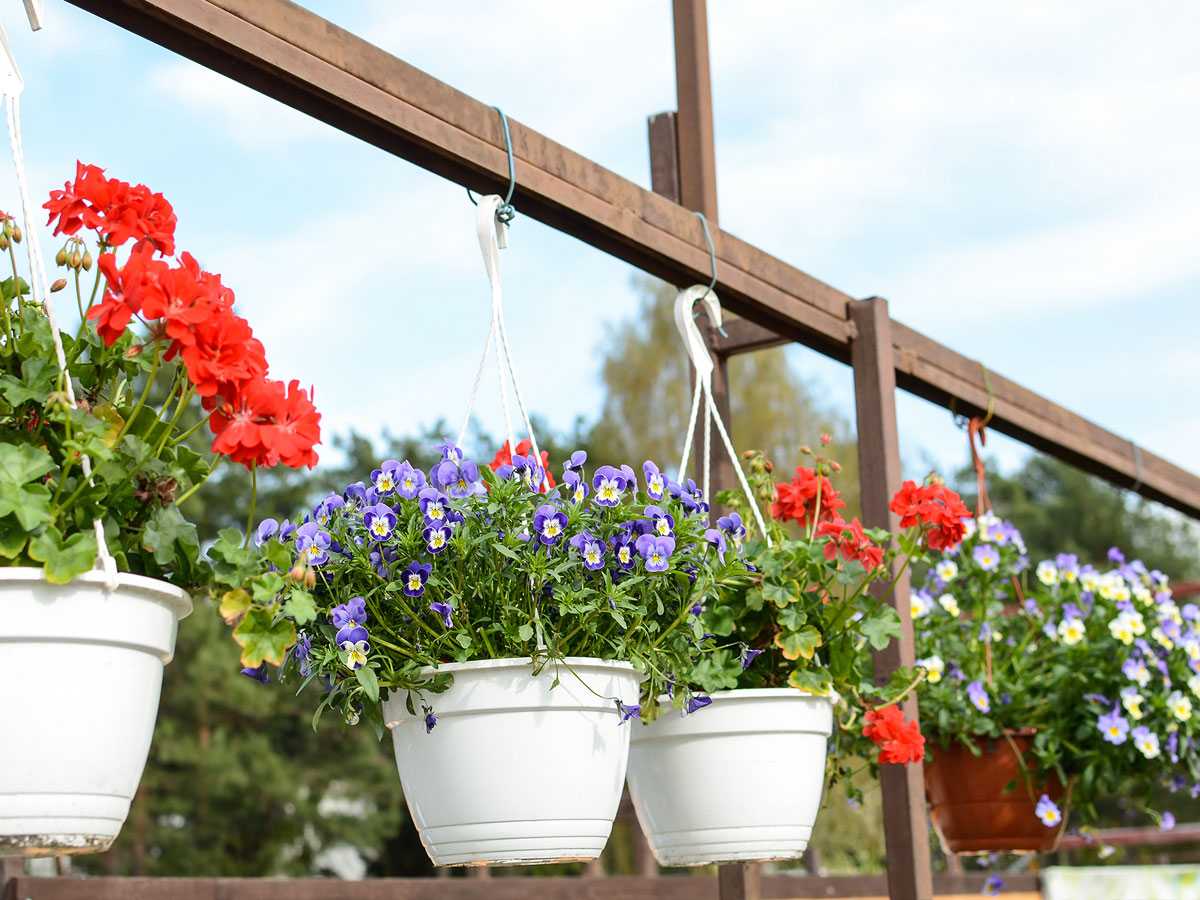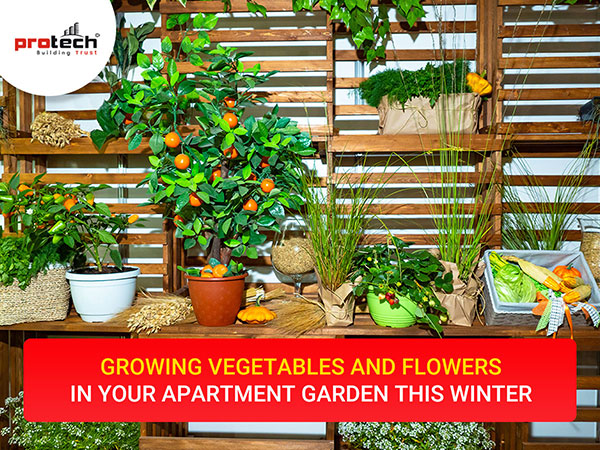Introduction
Growing vegetables and flowers in your apartment garden is a skill that you need to master. And the best thing about it is that it is not even difficult. It just takes some patience and effort. It is definitely worth giving a try.
After all, there is no greater satisfaction than harvesting your own vegetables. Especially because you can ensure that they are free of harmful chemicals and pesticides.
And who wouldn’t love to take pictures of their garden? It is therapeutic. So, if you have been craving to bring nature into your home and grow your own vegetables and flowers this winter, this post will be very useful to you.
A mini guide to growing your own vegetables and flowers in your apartment
While this is by no means meant to be an exhaustive gardening manual, we do hope that it provides you with enough information to get started. This new year, you can even start doing this as a new hobby.
1. Sunlight for indoor and outdoor apartment gardening
Schedule a day when you will be at home for the duration of the day, and then take a few minutes every hour to note whether or not a potential planting spot is in the sun. Sum up the amount of daylight each location receives throughout the day. Many different types of plants can thrive in each of the different light conditions.
In order to thrive, most flowering plants require full sun, which is defined as six or more hours of direct sunlight per day, or slightly less if they receive afternoon sun, which is stronger than the morning sun.
A succulent’s optimal light conditions are between four and five hours of sunlight per day. Plants that prefer indirect sunlight, such as spider plants and variegated leafy plants like ivy and vines, do well in areas that receive only two to three hours of direct sunlight daily. Peace lilies and other shade-loving plants can only handle about an hour of direct sunlight per day.
2. Use the right Containers

The size and material of the container used for growing vegetables and flowers would matter greatly. There are planters made of wood, plastic, clay, terracotta ceramics, tins, and so on. You may have to research a little to decide on the right plants and the optimal size of the container. Moreover, you have to know the weight restrictions of your building if you want to have a huge garden on the terrace.
3. Using the right soil
There are different types of soil, namely clayey, loamy, sandy, silty, etc. Try to find more information regarding this to decide on the right plants to grow.
4. Securing your balcony garden

For safety’s sake, always anchor your window boxes firmly to the sill or grill before utilizing them. If you want to use hanging baskets, make sure the hooks are properly fastened to the ceiling so the baskets don’t fall.
5. Caring for an Apartment Garden
If you are new to apartment gardening, we recommend picking low-maintenance plants to get you started. Your garden’s success is directly proportional to the ease with which its individual plants require minimal maintenance.
We’re familiar with the pressures of a packed schedule, so we know that tending to plants during our free time is a lovely and relaxing hobby, but not one that should consume all of your leisure time.
Even if you only start with a few pots on your windowsill, we guarantee that you won’t be able to stop yourself from turning your apartment into a true vegetable wonderland.
6. Water and humidity requirement
Many plants need a steady supply of water during certain periods of their growth. For example, tomatoes and peppers need more water during their flowering and fruit development periods.
Others, such as turnips, carrots, and beets need water during bulb development. Although it seems complicated, in practice, it will not be difficult if you keep similar categories together and initially set a reminder. Over time, you will know instinctively.
7. Fertilizer for your vegetables and flowers
Some nutrients are absorbed immediately, while others are released gradually. Regarding fertilizers, an important thing you should know is the NPK ratio. I.e The ratio of Nitrogen, Phosphorous, and Potassium. Most plants require fertilizers with an NPK value of 10-10-10, which means that all three are present in equal proportions. However, some plants may have specific requirements.
Benefits of growing vegetables and flowers in your apartment
While this is by no means meant to be an exhaustive gardening manual, we do hope that it provides you with enough information to get started. This new year, you can even start doing this as a new hobby.
1. Good for the environment
Food production waste, shipping emissions, and greenhouse gases from industrial-scale inorganic farming can all be reduced if gardening is brought closer to urban centers, where most of the world’s food is consumed.
2. Helps you mentally
In addition to the physical benefits, time spent in nature has positive effects on one’s mood and state of mind. Houseplants are a great way to bring the uplifting, relaxing effects of nature indoors. According to research conducted at the University of Michigan, they can improve efficiency, originality, intelligence, and memory retention by as much as 20%.
3. Improves air quality
By planting more plants, you can improve the air quality for both you and the planet as a whole. Indoor plants alone, according to the University of Technology Sydney, reduce the amount of carbon dioxide in the air by 10%.
4. Helps in making good use of household waste
To manage organic waste, composting is a fantastic option (like food scraps and paper products). It used to take up a lot of space and equipment, but now, with technological advancements, you can do it from your kitchen table. If you have a garden and a compost bin, you’ll have a fully functional waste management system right in your own home.
Conclusion
Some of us may not have the time or space to tend a garden due to our busy lifestyles or the limited area available in our apartments. But you can achieve both compact growth and increased yield by pruning your plants. Nevertheless, the first step in keeping a trouble-free apartment vegetable garden or flower garden is purchasing a planter that won’t break, fade, rust, spill chemicals, rot, chip, or appear less than flawless. Next, make sure you know the weight and safety constraints of your building if you plan to establish a garden on your balcony or rooftop. Lastly, you have to select the right plants. You can have the company of your plants without a doubt if your choices are made in accordance with its requirements.

